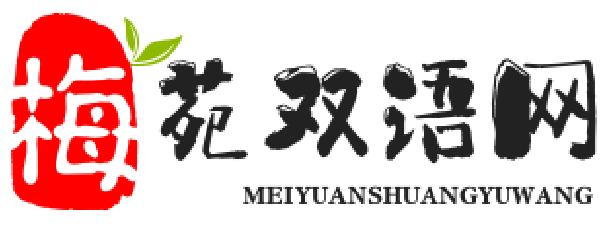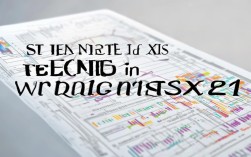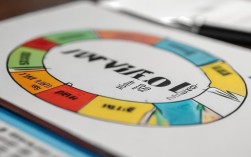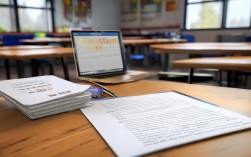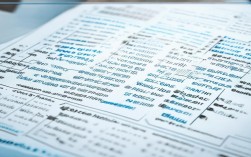Mastering the Art of English Email Writing: A Guide for Professionals and Learners
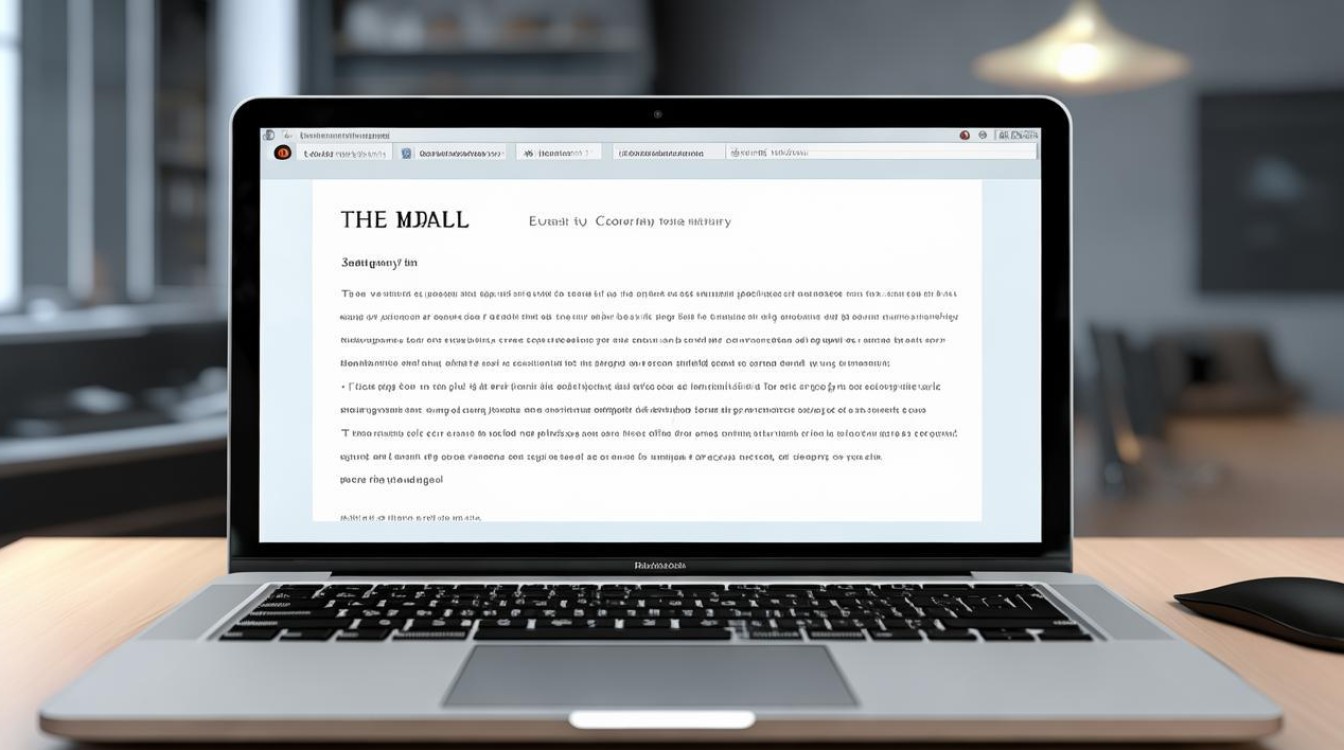
In today’s globalized world, English email writing is an indispensable skill. Whether for academic, professional, or personal communication, crafting clear and effective emails can open doors to opportunities. This guide explores practical strategies to elevate your English email writing, ensuring your messages are polished, professional, and impactful.
Understanding the Structure of an Effective Email
A well-structured email follows a logical flow, making it easy for the recipient to understand and respond. Here’s a breakdown of the essential components:
- Subject Line: Keep it concise and specific. A vague subject like "Hello" may be overlooked, while "Meeting Request: Project Update for June 10" immediately conveys purpose.
- Salutation: Use appropriate greetings based on formality. "Dear Dr. Smith" suits formal contexts, while "Hi John" works for familiar contacts.
- Opening Sentence: State your purpose early. For example, "I’m writing to inquire about..." or "Thank you for your prompt response."
- Body Paragraphs: Organize ideas into short, focused paragraphs. Each should cover one main point, supported by details or examples.
- Closing: End politely with phrases like "Best regards," "Sincerely," or "Looking forward to your reply."
- Signature: Include your full name, title, and contact information.
Clarity and Conciseness
Brevity is key in email communication. Avoid lengthy sentences or unnecessary jargon. Instead:
- Use active voice: "We will review the report" is clearer than "The report will be reviewed by us."
- Cut filler words: Replace "I am writing to let you know that..." with "I’d like to inform you..."
- Bullet points or numbered lists help highlight action items or key details.
Tone and Politeness
The tone of your email sets the stage for the recipient’s response. Adjust based on the relationship and context:
- Formal Tone: Required for clients, superiors, or academic correspondence. Use complete sentences and avoid contractions.
- Semi-Formal Tone: Suitable for colleagues or known contacts. A balance of professionalism and warmth works well.
- Casual Tone: Reserved for close contacts. Even here, maintain basic etiquette to avoid misunderstandings.
Politeness markers like "Could you," "I’d appreciate," or "Thank you in advance" foster goodwill.
Grammar and Proofreading
Errors undermine credibility. Common pitfalls include:
- Subject-Verb Agreement: "The team are" should be "The team is."
- Tense Consistency: Stick to one tense unless the context requires a shift.
- Spelling Mistakes: Rely on tools like Grammarly, but don’t skip manual checks.
Read your email aloud before sending to catch awkward phrasing.
Cultural Sensitivity
Global communication demands awareness of cultural nuances:
- Direct vs. Indirect Communication: Some cultures prefer straightforward requests, while others value context-building.
- Formality Levels: In Japan or Germany, titles and surnames are standard; in Australia or the U.S., first names may be acceptable.
- Holidays and Time Zones: Avoid scheduling requests during major holidays without checking.
Templates for Common Scenarios
Having a toolkit of templates saves time. Here are adaptable examples:
Request for Information
Subject: Inquiry About [Topic]
Dear [Name],
I hope this email finds you well. I’m reaching out to ask about [specific question]. Could you provide details by [deadline, if applicable]?
Thank you for your assistance.
Best regards,
[Your Name]
Follow-Up Email
Subject: Follow-Up on [Previous Topic]
Hi [Name],
I wanted to check if you’ve had a chance to review [document/request]. Please let me know if you need further information.
Looking forward to your update.
Sincerely,
[Your Name]
Avoiding Common Pitfalls
- Overloading the Recipient: One email, one primary request. Multiple asks can lead to delays.
- Emotional Language: Even in complaints, stay factual. "I’m concerned about the delay" works better than "This is unacceptable."
- Reply-All Misuse: Only include stakeholders who need the information.
Leveraging Technology
Tools like Hemingway Editor improve readability, while Boomerang schedules emails for optimal delivery times. For non-native speakers, DeepL or Reverso offer context-based translations.
Practice and Feedback
Improvement comes with consistent effort:
- Write daily, even if just drafting practice emails.
- Seek feedback from mentors or language partners.
- Analyze well-written emails from reputable sources (e.g., corporate communications or academic institutions).
Mastering English email writing is a journey, not a destination. By focusing on structure, clarity, and cultural awareness, you’ll build confidence and professionalism in every message. The ability to communicate effectively via email isn’t just a skill—it’s a career and personal growth accelerator.
Polished emails reflect competence and respect for the recipient’s time. Start applying these techniques today, and watch how your communication transforms.
